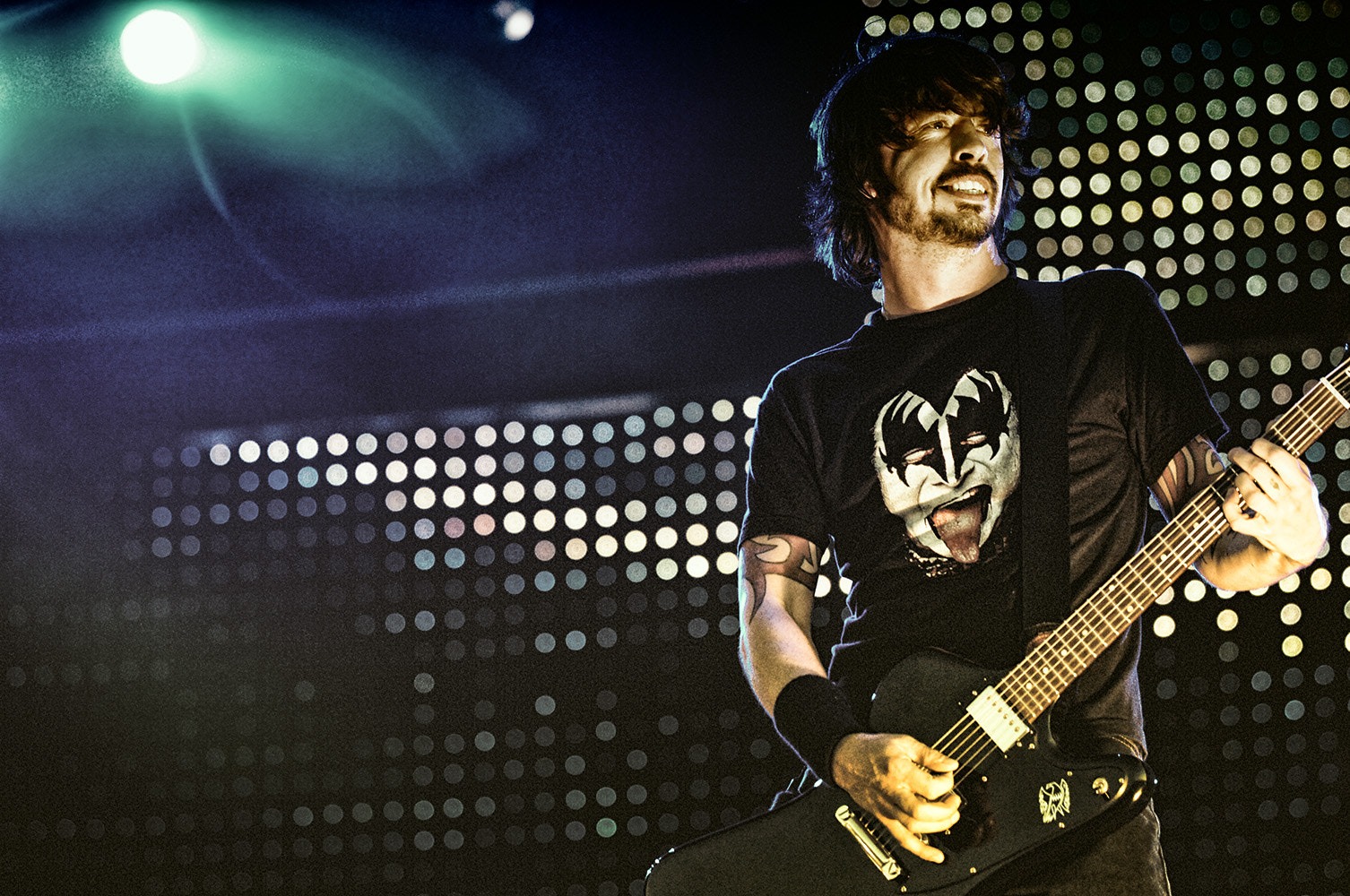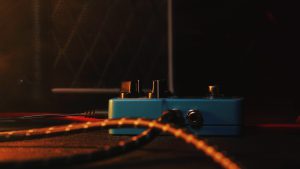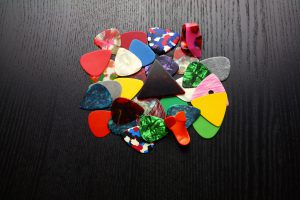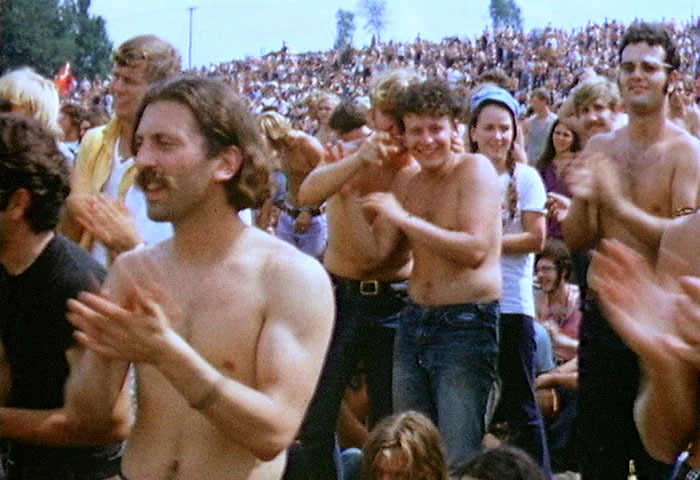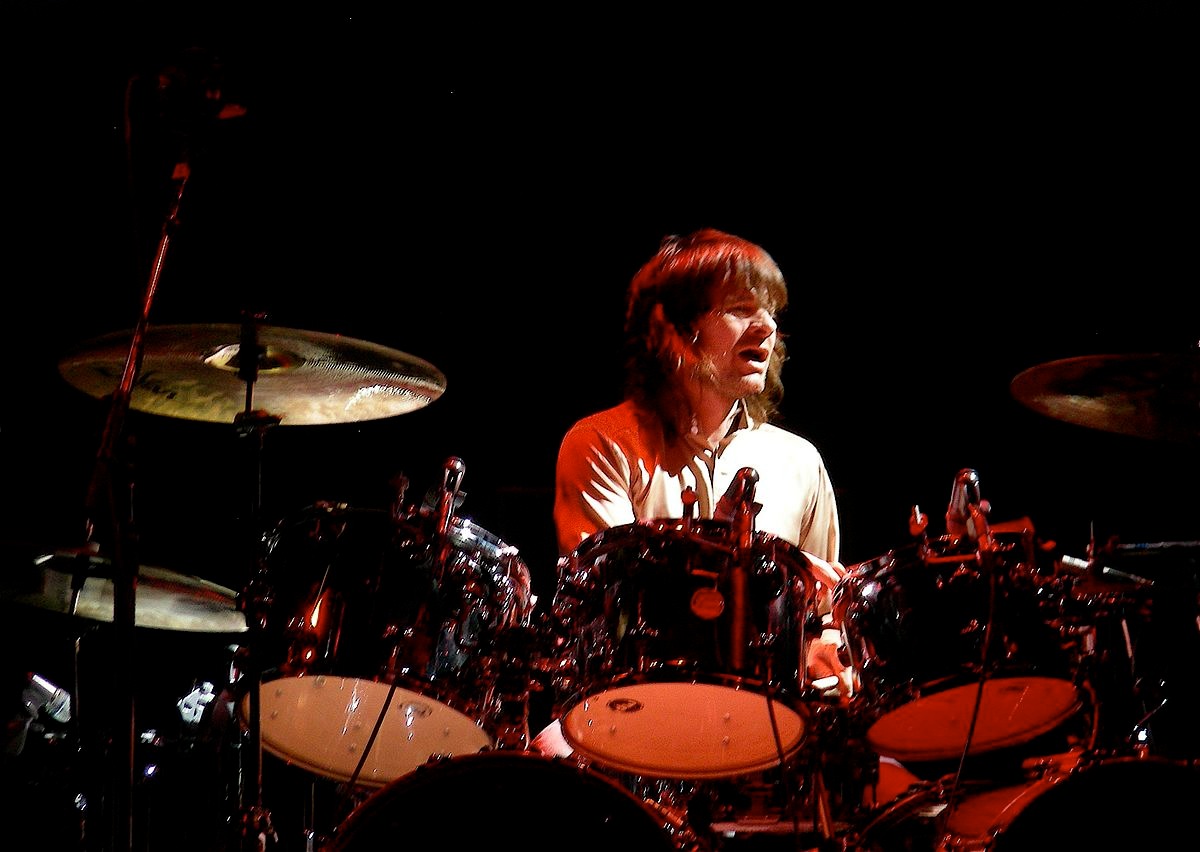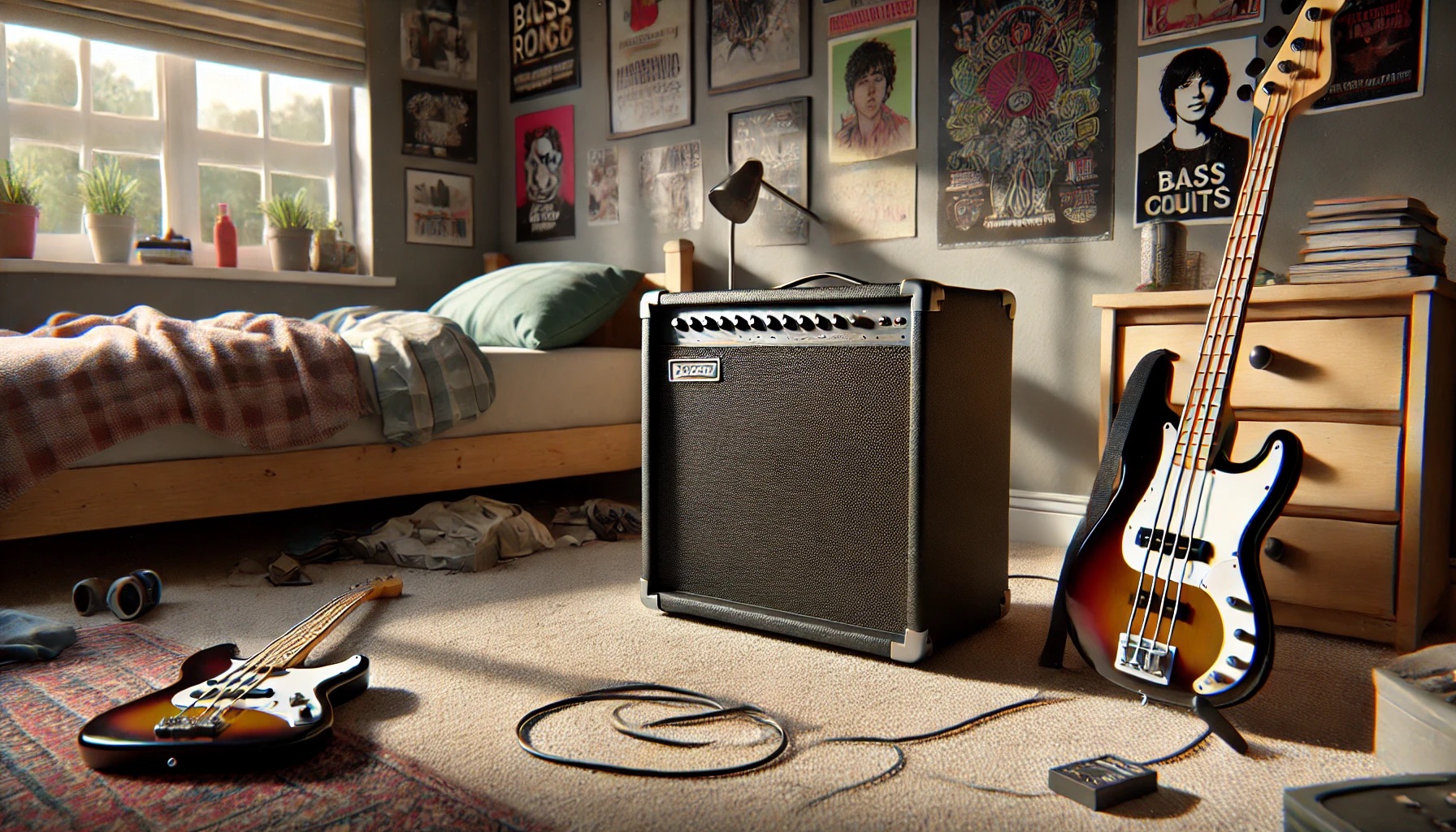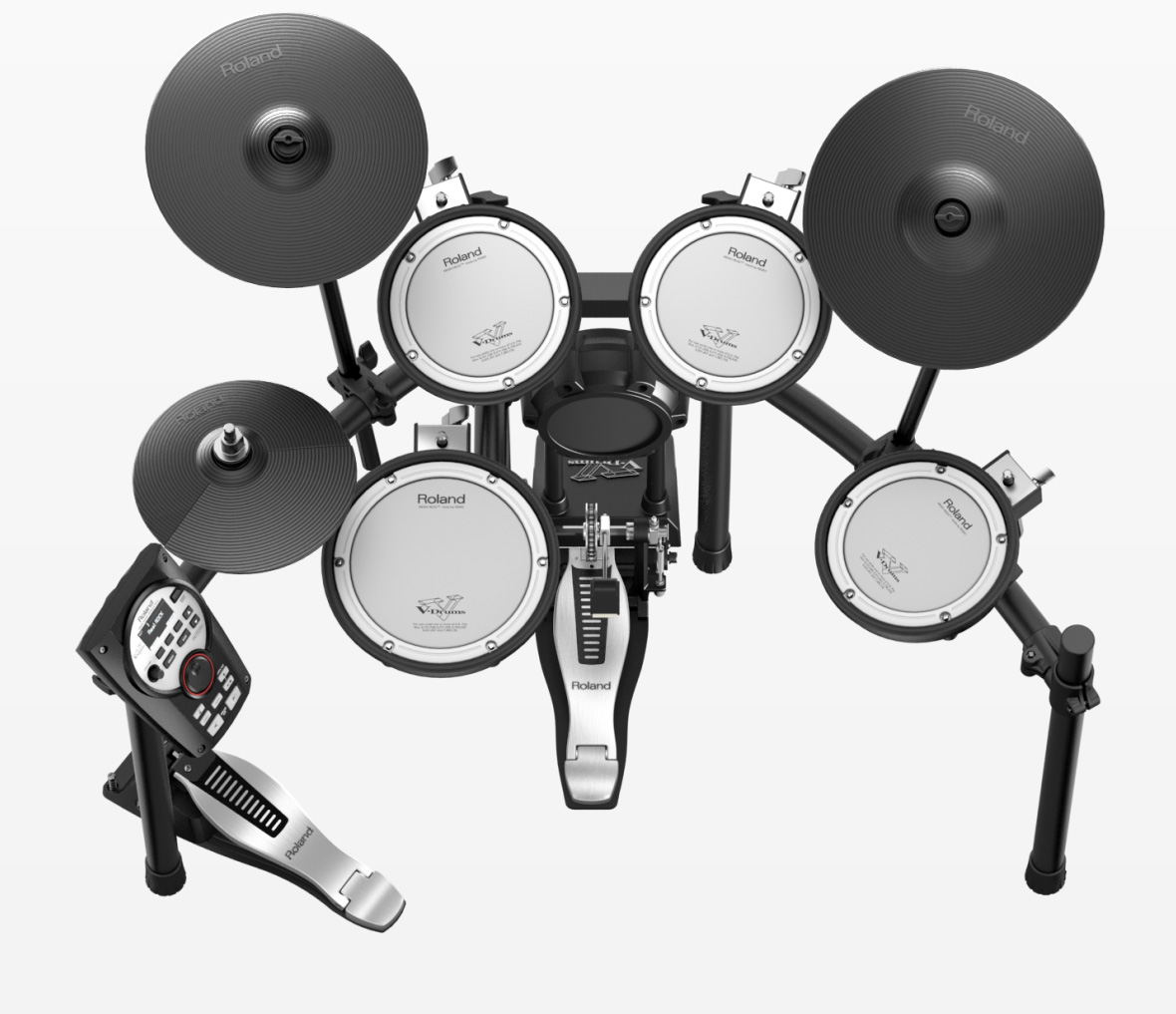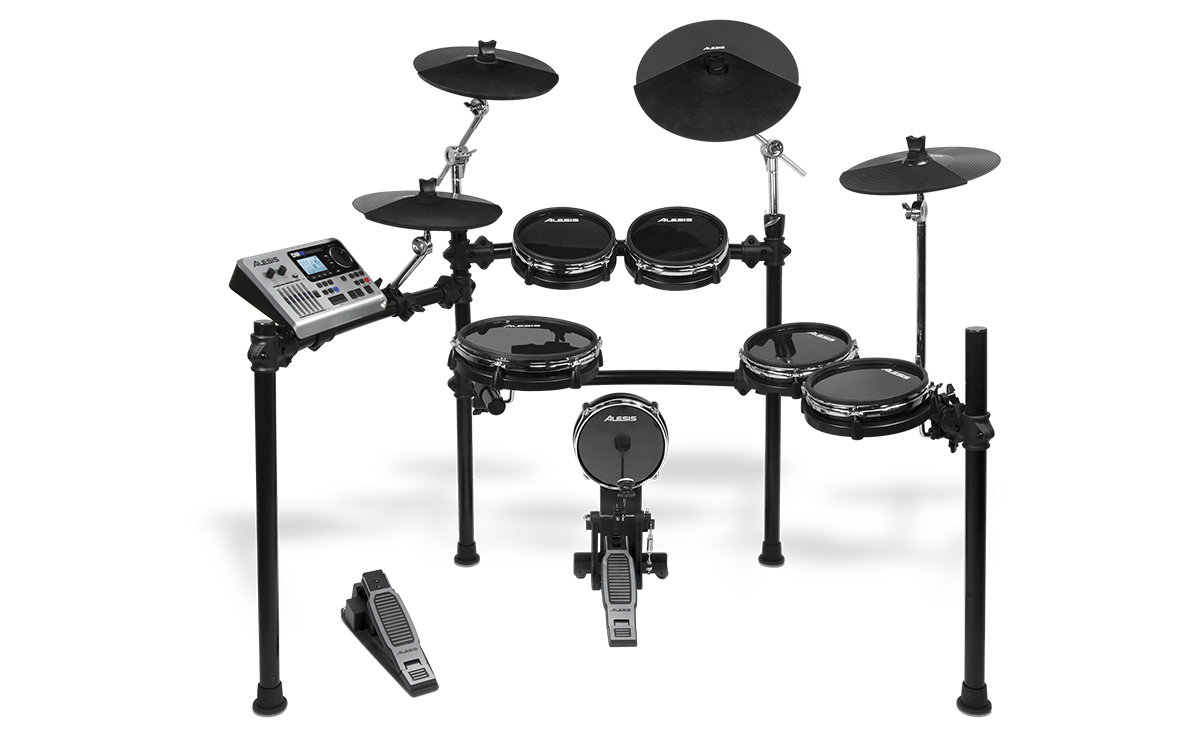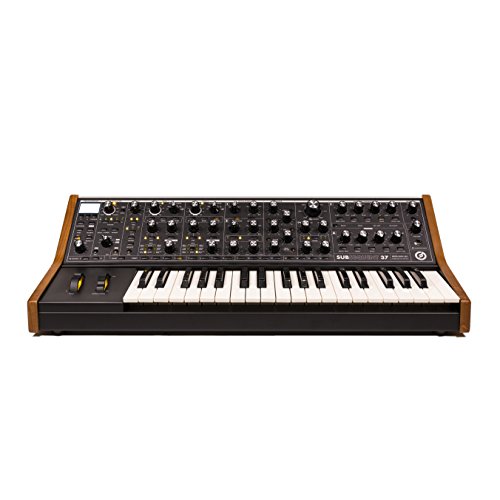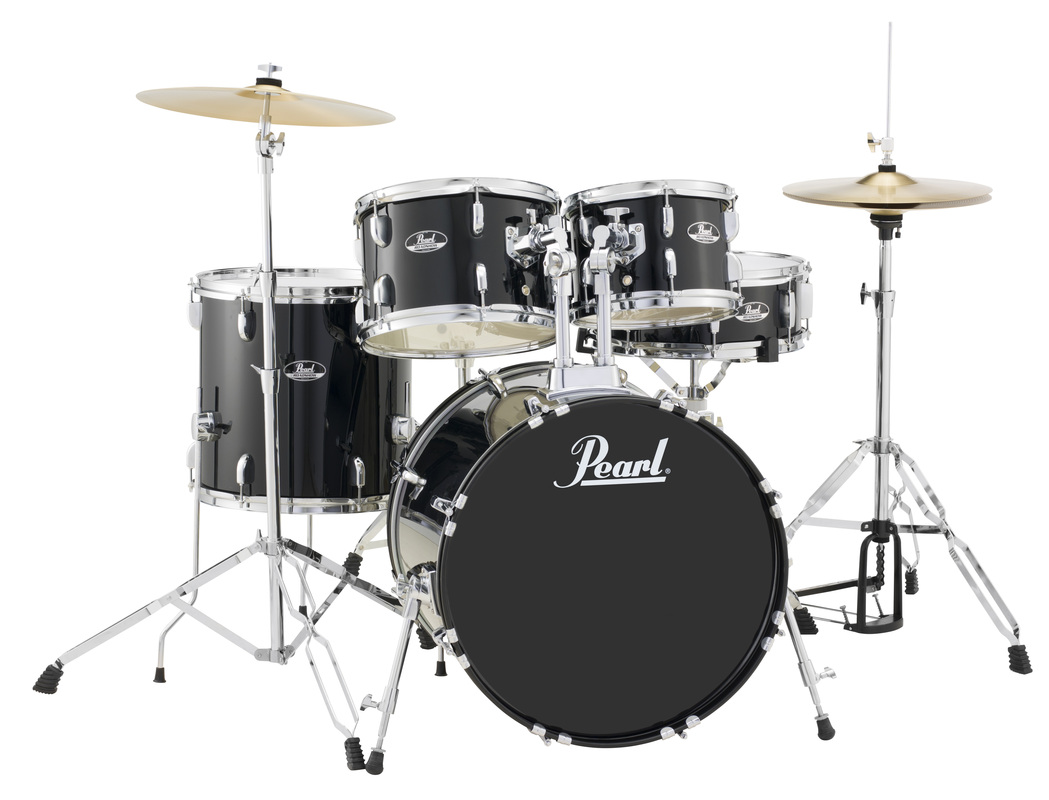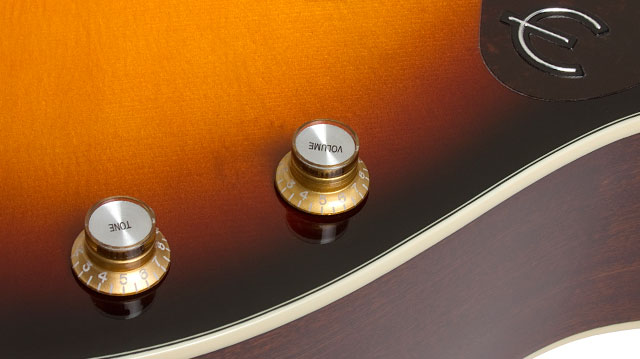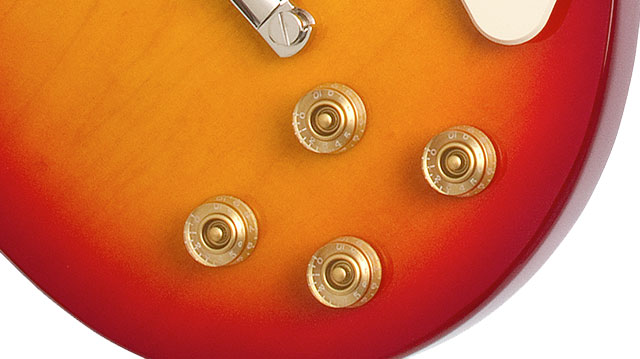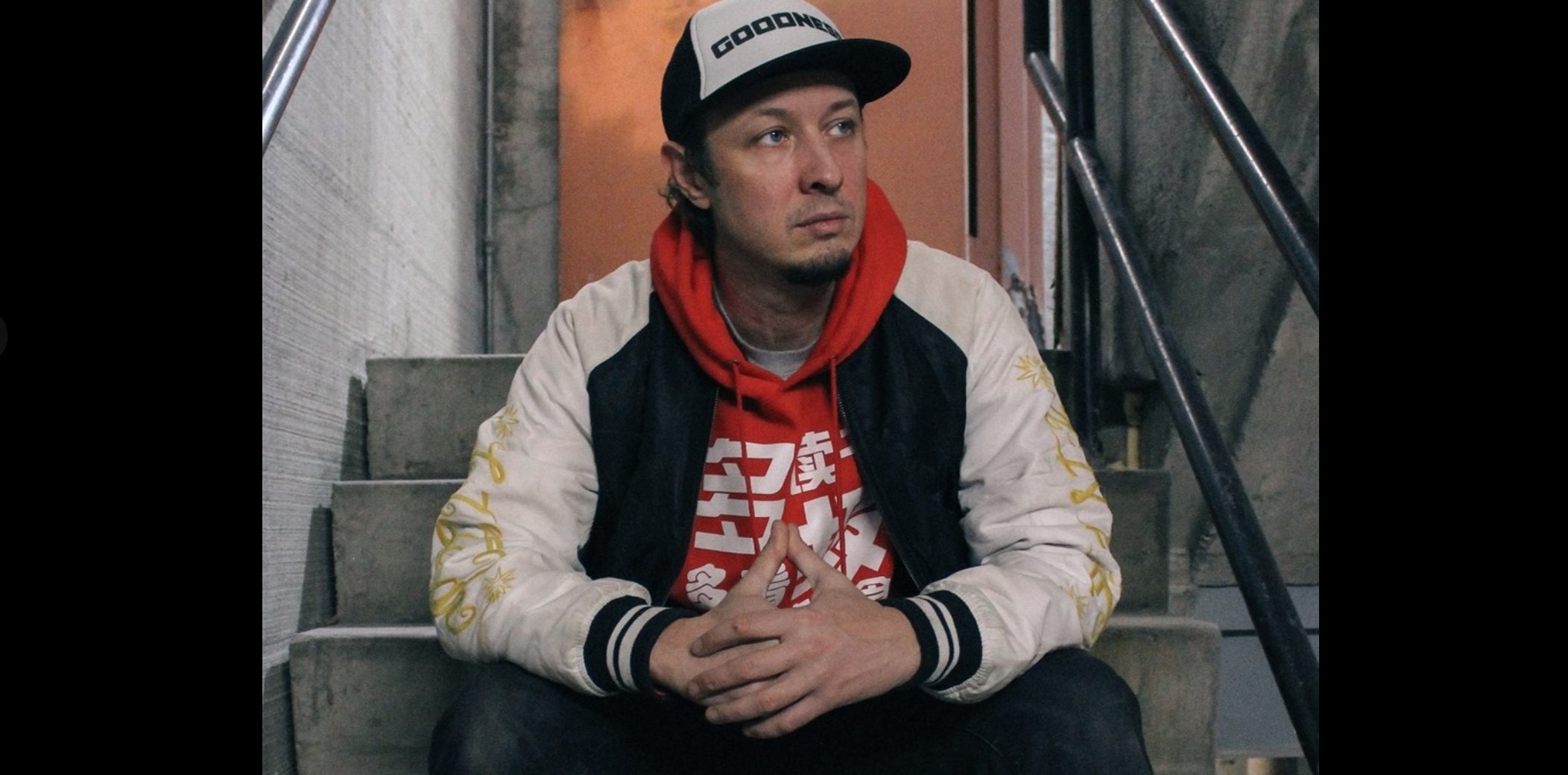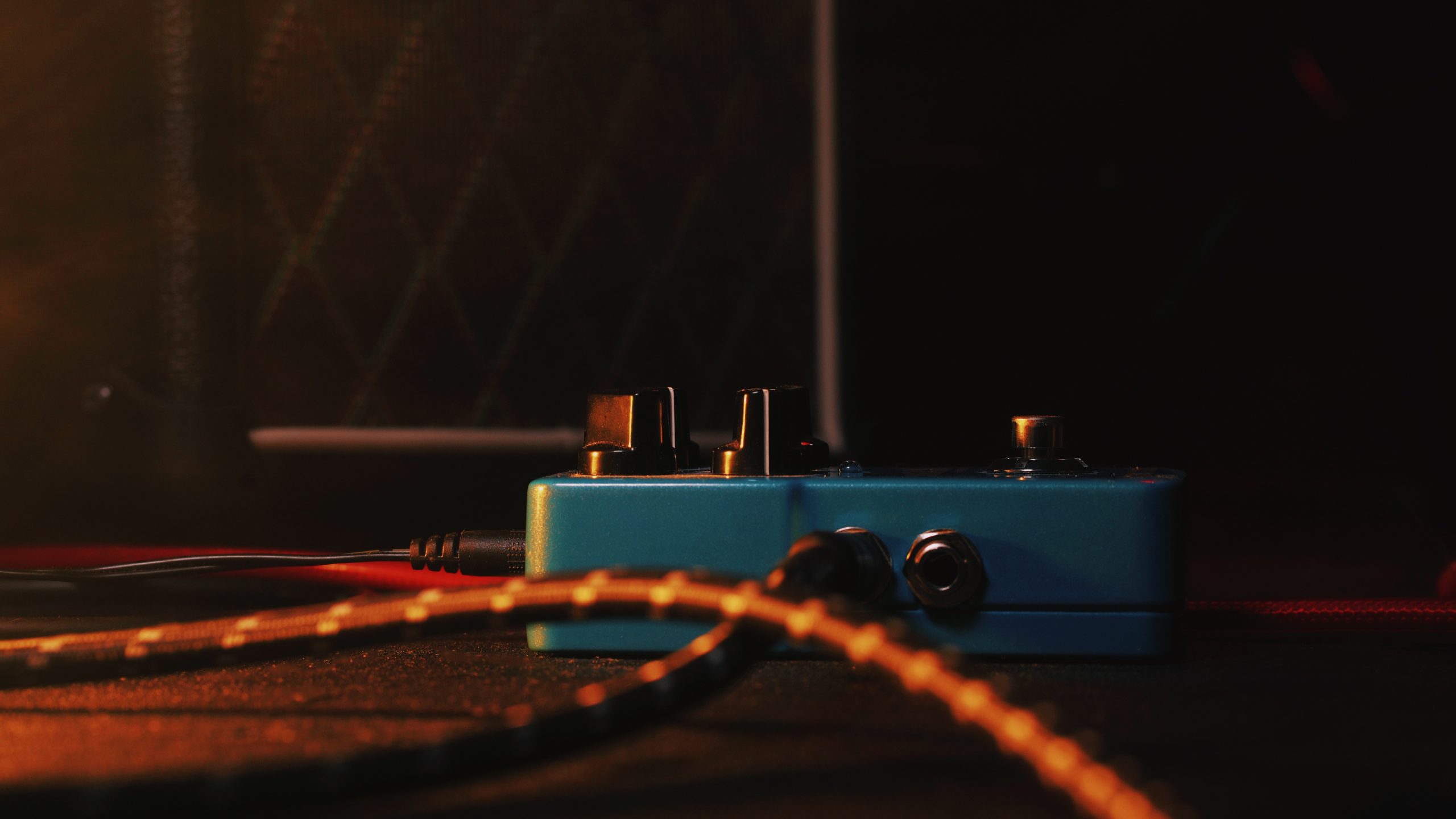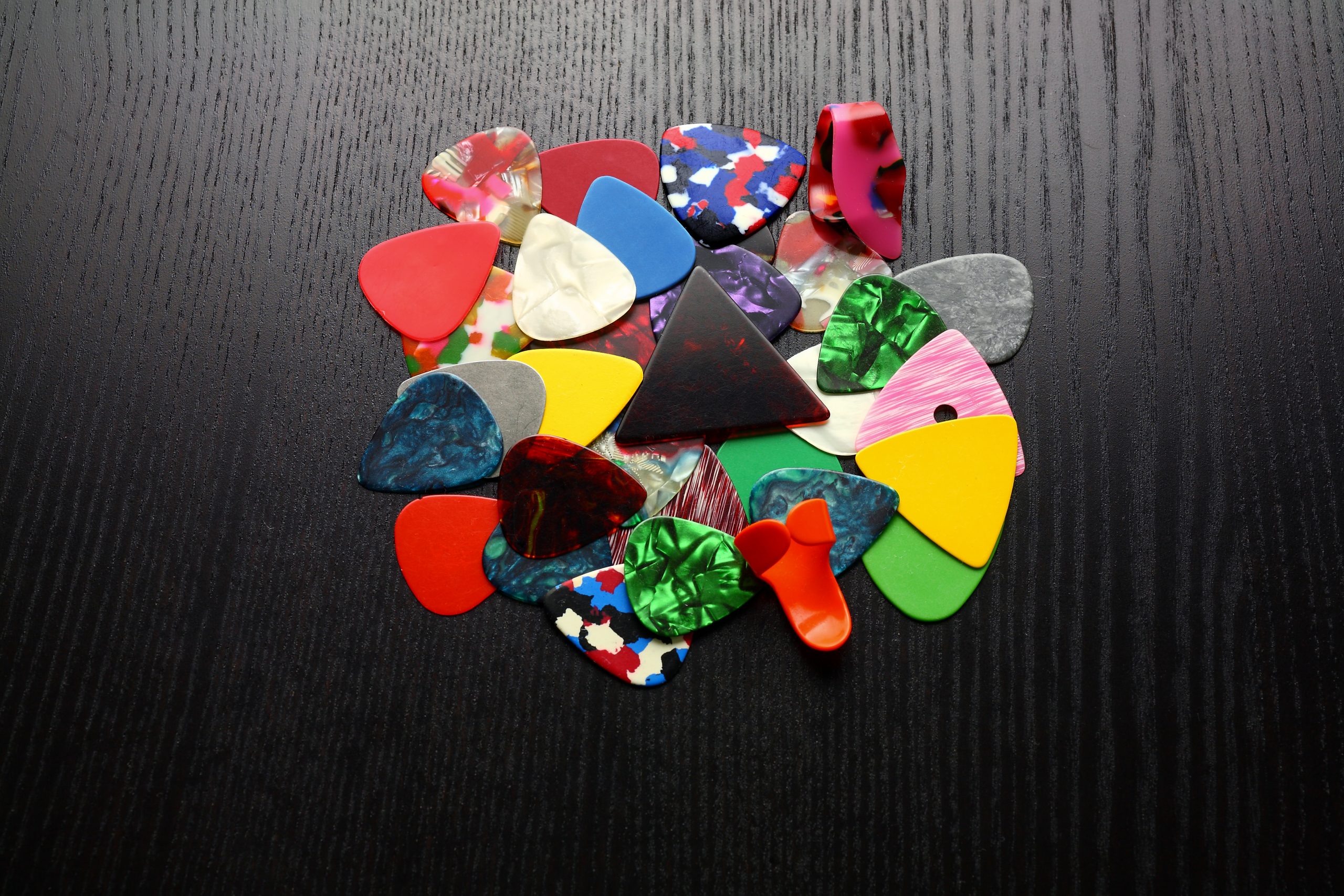April 1994 shattered Seattle’s music scene like feedback through overdriven amps. Kurt Cobain’s death left everyone scrambling for meaning, but Dave Grohl found his answer in the most analog way possible: six days alone in a studio, pouring grief onto magnetic tape.
When Silence Became Sound
Grohl transformed Robert Lang Studios into his private therapy session, playing every instrument himself.
You won’t find these sessions in any production handbook. Grohl booked Robert Lang Studios not to launch a career, but to survive one ending. Over six days, he laid down guitars, bass, drums, and vocals for songs he’d written but never used with Nirvana. No band meetings. No creative compromises. Just one man processing trauma through multitrack recording, letting the tape roll while he worked through emotions too heavy for words alone.
The Anonymous Artifact
A plain cassette labeled “Foo Fighters” was meant to hide Grohl’s identity, not birth a legacy.
The finished product looked like something you’d find in a shoebox: unmarked cassette, handwritten label reading only “Foo Fighters.” According to documented accounts from the era, Grohl chose the World War II term for UFOs specifically to obscure his involvement. He wanted these songs judged without the shadow of Nirvana’s drummer hanging over them. The sound matched the packaging — tape hiss, sonic bleed, rough transitions that preserved raw vulnerability. Where other artists spent fortunes chasing perfection, Grohl’s imperfections became the point.
From Basement to Stadium
A few dozen copies distributed to friends caught Capitol Records’ attention and changed everything.
Those raw recordings, duplicated and handed to friends like demo-era grunge mixtapes, carried something major labels couldn’t manufacture: authentic vulnerability. Capitol Records heard the potential buried in those lo-fi gems and signed Grohl based on these demos alone. These therapeutic sessions became the blueprint for Foo Fighters’ 1995 debut album, transforming private grief into public celebration.
That anonymous cassette spawned three decades of arena anthems. It proves sometimes the most powerful music industry comes from the most powerless moments. Every stadium sing-along traces back to one man, alone with his instruments, turning silence into survival — one imperfect take at a time.


